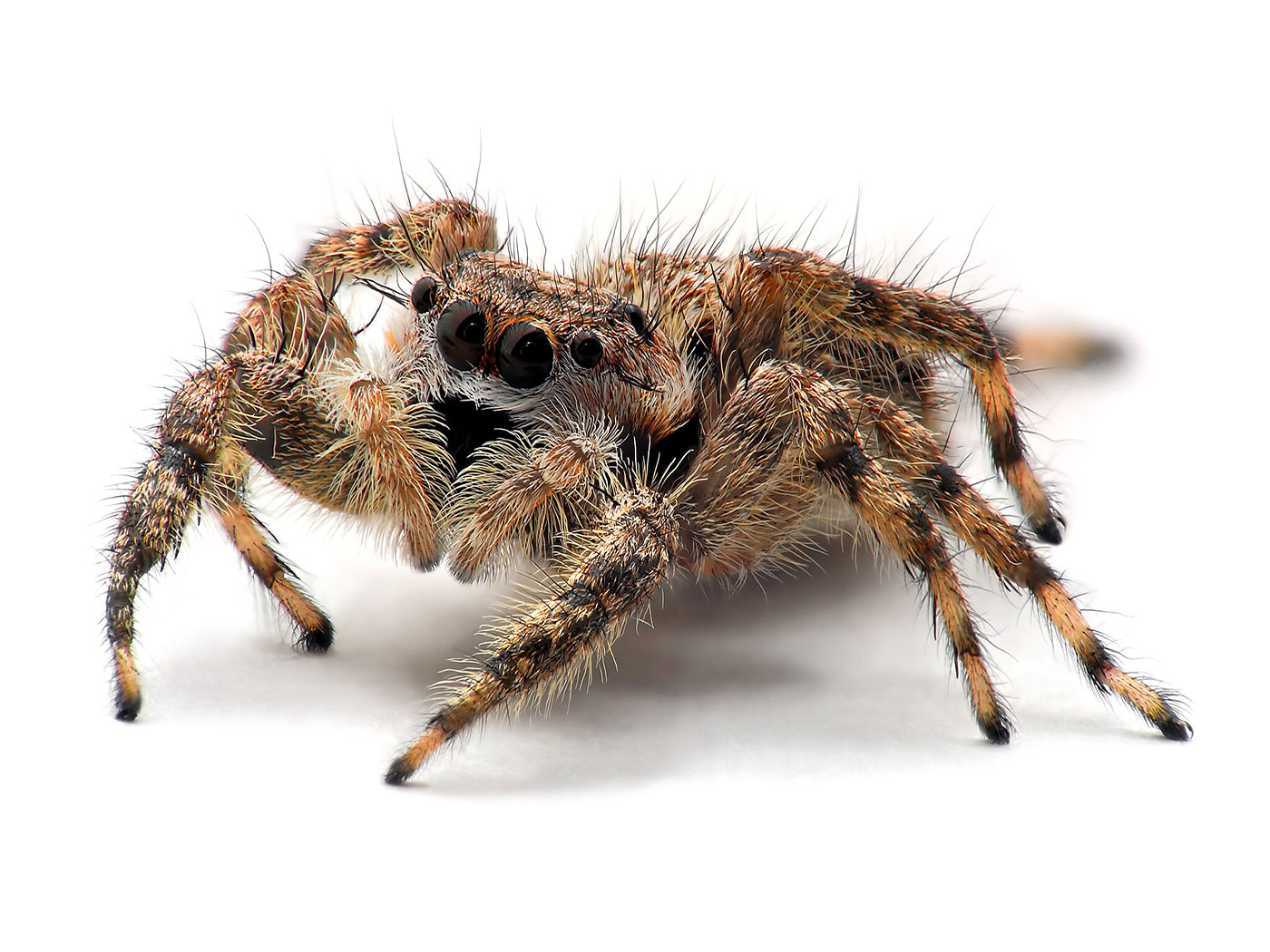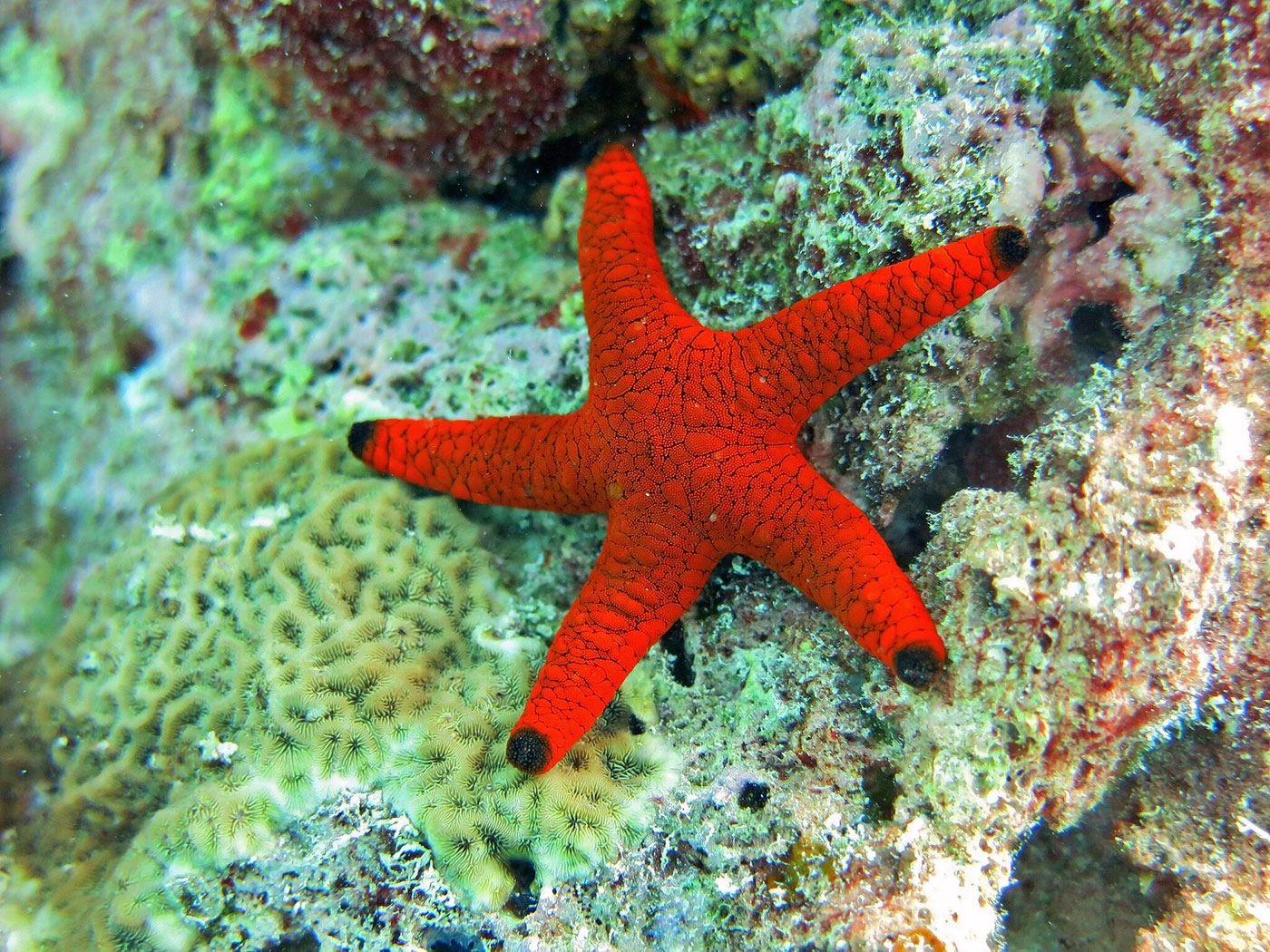In Answers Research Journal 6 (2013): 293-301
One of the iconic (yet enigmatic) arguments for human-ape common ancestry has been the β-globin pseudogene (HBBP1). Evolutionists originally speculated that apparent mutations in HBBP1 were shared mutational mistakes derived from a human-chimpanzee common ancestor. However, others noted that if the gene was indeed non-functional, then it should have mutated markedly in the past 3 to 6 million years of human evolution due to a lack of selective constraint on the region. Recent research confirms that the HBBP1 region of the 6-gene β-globulin cluster is highly non-variable compared to the other β-globin genes based on large-scale DNA diversity assessment within both humans and chimpanzees. Highlighting the lack of HBBP1 sequence variability is genetic data from three different reports that link point mutations in the HBBP1 gene with β-thalassemia disease pathologies. Biochemical evidence for functionality is indicated by multiple categories of functional genomics data showing that the HBBP1 gene is transcriptionally active and a key interactive component of the β-globin gene network. In brief, the HBBP1 gene encodes two consensus regulatory RNAs that are alternatively transcribed and/or post-transcriptionally spliced. This functional complexity produces at least 16 different exon variant transcripts and 42 different intron variant transcripts. Two major regulatory regions in the HBBP1 locus contain active transcription factor binding sites that overlap multiple categorical regions of epigenetic data for functionally active chromatin. The HBBP1 gene also has the most regulatory associations with active and open chromatin within the entire β-globin cluster and its transcripts are expressed in at least 251 different human cell and/or tissue types. Instead of being a useless genomic fossil according to evolutionary predictions, the HBBP1 gene appears to be a highly functional and cleverly integrated feature of the human genome that is intolerant of mutation.
Click here to read the full article text.













